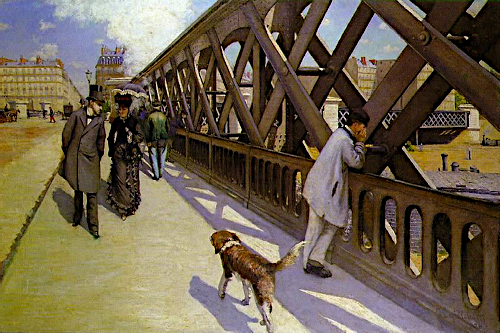Special Topics: Realism and Impressionism

This course focuses on French painting from 1848 to the end of the nineteenth century. This is the period during which progressive painters, grouped loosely under the labels Realism and Impressionism, began to turn their attention towards motifs drawn directly from the experience of modern life. This new interest in the quotidian world — in the ordinary proceedings of work, leisure, and entertainment — constituted a major shift in the realm of ambitious painting. Artists sought increasingly to represent their individual encounters with the city, the banlieu, or the countryside. Meanwhile, the long-standing authority of State-sponsored institutions, of the Académie des Beaux-Arts and the Paris Salon, began to collapse. Our objective is to assess a selection of Realist and Impressionist paintings within a specific socio-cultural context. The context is Paris during the Second Republic, the Second Empire and the first decades of the Third Republic, and it is one of our tasks to consider the various discourses (art historical, critical, literary, etc.) that inflected the reception of Realism and Impressionism during the nineteenth — as opposed to the twentieth — century. Artists under consideration include Courbet, Manet, Degas, Renoir, Caillebotte, Monet, Pissarro, and Cézanne.
HISTART category for concentration distributions: D. Europe and the US, 4. Modern and Contemporary.